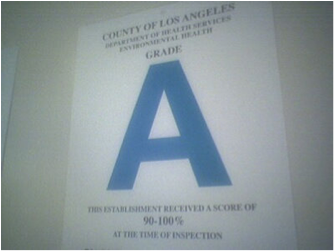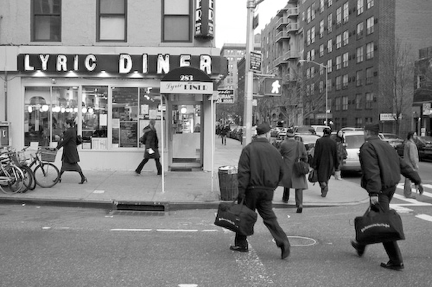Do you believe that the Cinnamon Toast Crunch you gluttonously shovel down every morning, faithfully sticking to the Smart Choice label is one of the healthiest cereals out there? Or deep down do you think it’s just clever marketing because your jeans don’t fit anymore for a reason? So does the FDA.
In a move to finally set straight the endless health claims on food labels, starting next year, FDA officials are looking to set standards for food label claims. Under the new rules, food manufacturers still have the option of putting claims on their products. If they choose to do so, they have to comply with FDA regulations to highlight a food’s good and bad attributes.
http://www.nytimes.com/2009/10/21/business/21food.html
This is a HUGE step forward in the FDA’s well overdue path to righteousness and proper regulation of the food industry. Until now, food label claims have contributed to consumer confusion about how healthy a product is instead of helping make their decision easier.
For the record, cereal companies can’t make a claim such as “35% of your daily fiber” without actually formulating each serving to contain said fiber content. What these new regulations will do is require them to also mention the 45 grams of sugar per serving they dumped in to hide the cardboard taste of the fiber.
Think of this as the mandatory calorie disclosure you see now at McDonald’s. You know the pitfalls of that super-sized Big Mac value meal, the government is simply going to remind you of them to help consumers make healthy food choices.
And why shouldn’t they? If a parent is reminded at the supermarket that the sugary cereal they’re picking up for their overweight 9-year-old has half of their daily Vitamin A requirements as well as half of their daily recommended intake of refined sugar, the parent might opt for the healthier and similarly priced whole grain, fiber-rich cereal instead. I’m sure the child will get over the lack of a cartoon character on the box sooner than Type 2 diabetes.
P.S. The clever photo above is courtesy of TheAtlantic.com.







